On 10 February 1993, exactly 32 years ago, Ayrton Senna's immediate career as an F1 driver appeared to be over, when McLaren announced a line-up that surprisingly did not include the Brazilian.
The three-time F1 drivers' champion, who had raced for the Woking-based squad since 1988, seemingly had been cast aside for Mika Hakkinen and Michael Andretti.
Senna, unhappy with the direction of the team and looking for alternative options for the season ahead, had essentially forced McLaren boss Ron Dennis' hand.
It is well documented, however, that by the start of the 1993 campaign, Senna was back in the team's line up, with Hakkinen the one on the outside looking in.
This is the story of how that fateful episode, driven by hardball tactics employed by Dennis, came to pass - and how he fixed the situation with his star driver for one last year together.
Viewed by others:
What caused Senna to want to leave McLaren?
Following the departure of works engine partner Honda - which had forged a strong relationship with Senna over the duration of its deal with McLaren - at the end of 1992, the Brazilian would have to make do without factory engines.
Senna firmly believed that a driver could only win championships if powered by works engines and not, for example, with Ford customer engines, which would be in the back of the new MP4/8 for 1993.
In response to this development, Senna appealed to rivals Williams as he pursued a timely exit from McLaren.
Such was the extent of his desperation, he offered to drive for the team for free, having experienced first-hand what it was like to be on the receiving end of its domination the year prior, when Nigel Mansell cantered to the drivers' championship.
However, arch-nemesis Alain Prost had already signed a contract with Williams and held a clause in his deal that could prevent the Brazilian's arrival, which he subsequently exercised. This prompted Senna to brand the Frenchman a "coward" for doing so.
This left Senna in a bind with no top F1 seats up for grabs. To further compound his misery, McLaren pressed on without him, playing hardball and not wanting to miss out on other options itself.
Therefore, Dennis presented Hakkinen and Andretti as McLaren's drivers for 1993, despite secretly wanting to find a way to strike a deal with Senna.
Although, that would come at a significant cost. In the aftermath of the announcement, the two parties re-engaged with Senna making what were astronomical financial demands for the time.
McLaren, already less wealthy than during its golden era years before, not least because it suddenly found itself paying Ford for engines, was only able to guarantee Senna five million dollars. The three-time drivers' champion told the team that would secure it five grands prix whilst McLaren searched for additional budget.
That is how the infamous one-million-dollars-per-race arrangement came to be, with the money required in Senna's bank account not later than Wednesday before the subsequent race. Otherwise he threatened he would not show.
How Senna stood his ground
So, with Hakkinen parked by the team and consigned to reserve duty, Senna embarked on a campaign with Ford's lighter but less powerful V8.
The Brazilian extracted more from the package than he ought to have been able to, clinching two second places and two victories in those opening five rounds, including his breathtaking display at Donington Park in the European Grand Prix.
Eventually, Dennis agreed to retain Senna for the duration of 1993 at his one-million-dollars-per-race asking price, aided significantly by Philip Morris, owners of McLaren's title sponsor, Marlboro.
On two occasions, Senna threatened to miss a grand prix when the requested money did not arrive in the allotted time. In the first instance, it was resolved by the money being there by Thursday morning.
The second time, Dennis reportedly made certain personal guarantees. What that might have entailed is still not known.
In the end, Senna won five grand prix across 1993, including the final two of the season - his last in F1. His McLaren swan song, however, could not prevent him from moving to Williams for the following campaign.
Two months following the announcement he was heading to Grove, McLaren confirmed a works engine deal with Peugeot, a move Senna evidently would have liked to have known about.
According to Dennis, in an interview with F1, Senna told him at the time: "If this had happened two months earlier, I would have stayed."
And how differently things might have turned out. The story of Senna's Williams tenure is well-trodden ground.
He succumbed to fatal injuries on 1 May 1994 after crashing in the San Marino Grand Prix, having yet to register a point for the team in the opening two rounds of the season.
Also interesting:
Join RacingNews365's Ian Parkes, Sam Coop and Nick Golding, as they discuss Toto Wolff seeing Lewis Hamilton in red for the first time and former F1 driver Johnny Herbert's exit from the FIA as a race steward. Ford's growing presence at Red Bull is also discussed.
Rather watch the podcast? Then click here!
Don't miss out on any of the Formula 1 action thanks to this handy 2026 F1 calendar that can be easily loaded into your smartphone or PC.
Download the calenderMost read
In this article
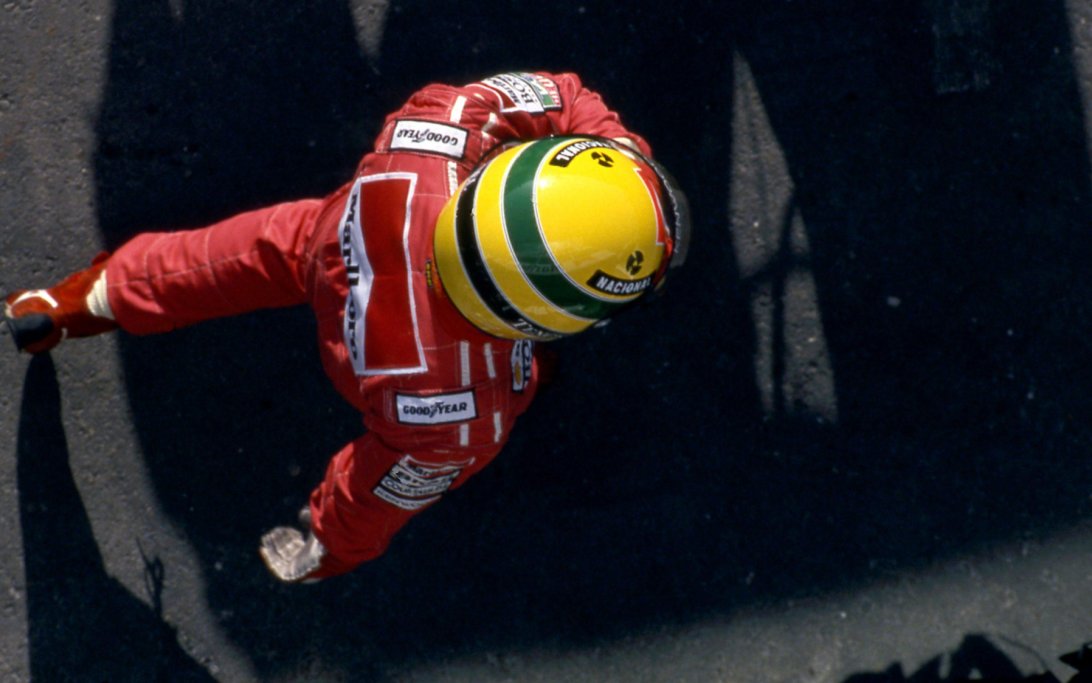
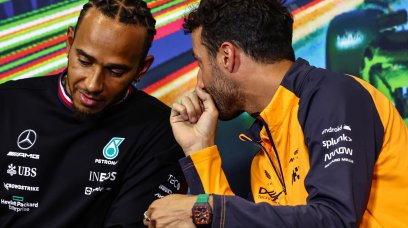
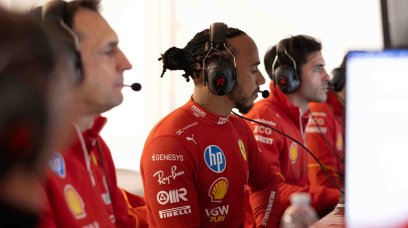
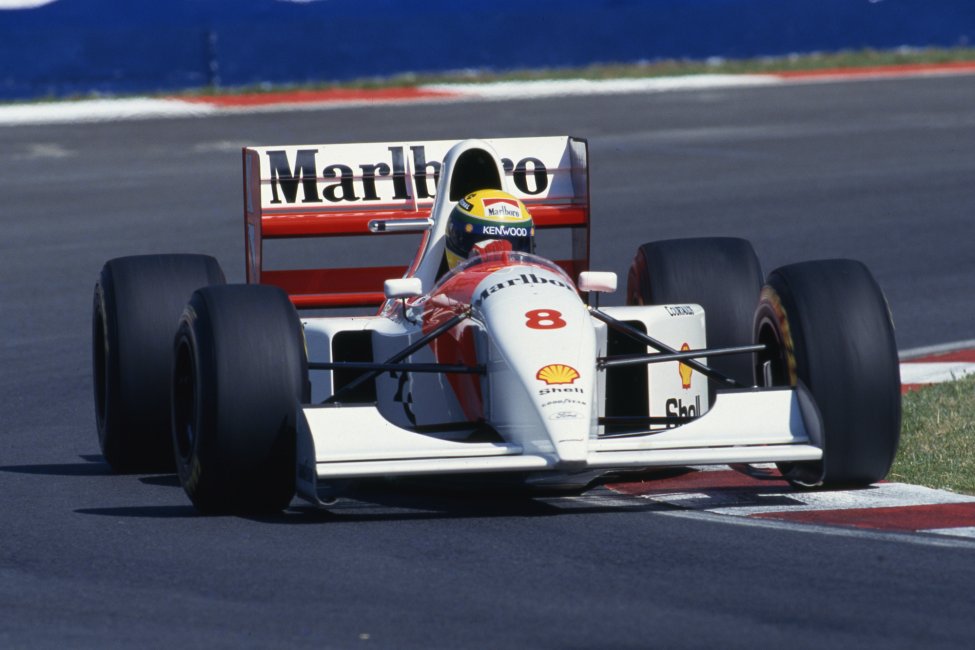


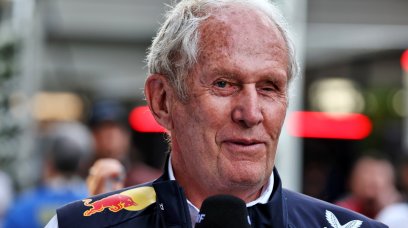
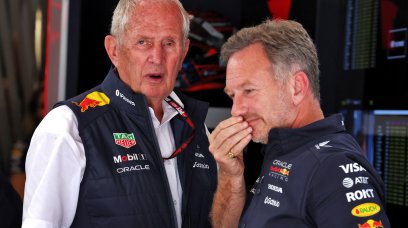

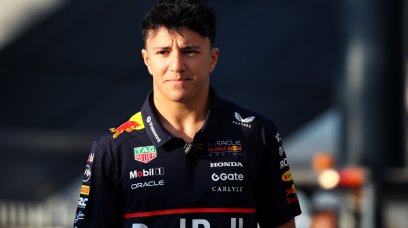
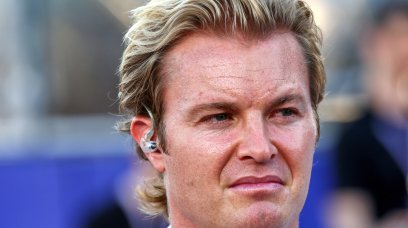
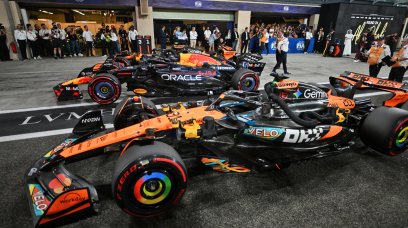
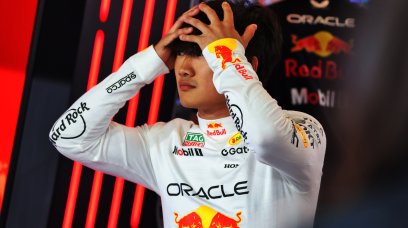
Join the conversation!